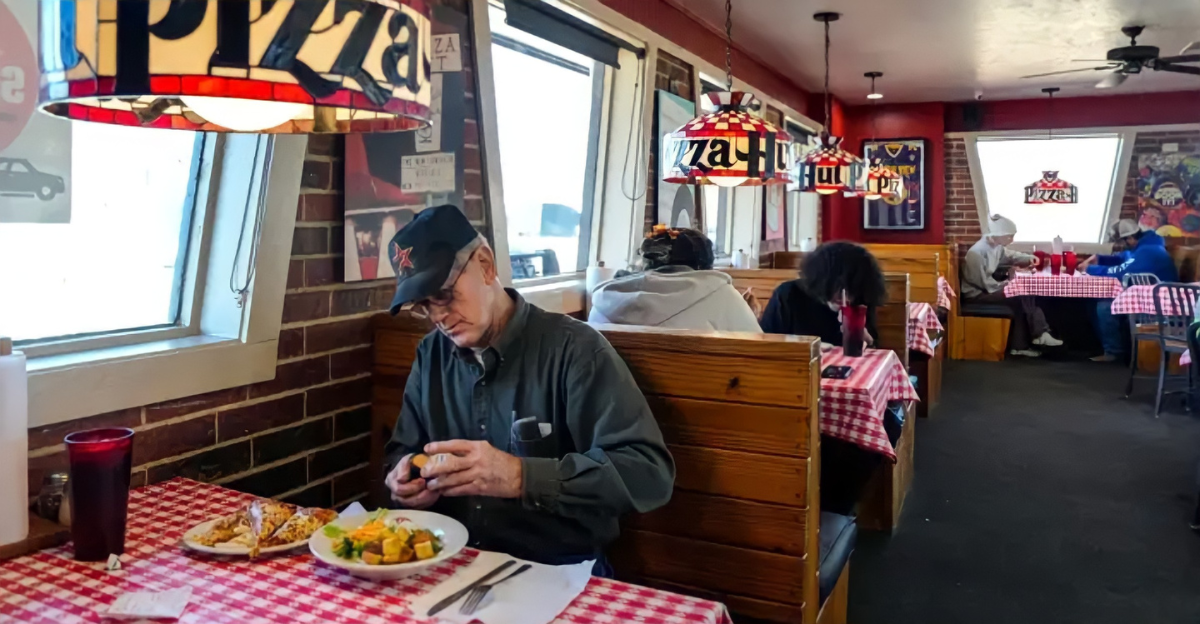
Some restaurant chains feel like permanent fixtures. They’re places everyone grew up with, and they have been woven into America’s dining traditions. But even icons can fade with time. With shifting diets, TikTok food trends, and pandemic aftershocks, the industry looks very different today.
Once-dominant names are now fighting to keep up, while unexpected newcomers are stealing the spotlight.
High Stakes

The pressure is real: in the restaurant business, survival isn’t about nostalgia; it’s about reinvention. The brands that once drew crowds with bold menus, catchy slogans, and buzzy bar scenes are now scrambling to hold onto shrinking customer bases.
At the same time, fresh-faced rivals like eco-minded, hyper-local, and digital-savvy chains are reshaping dining into something more experiential. Let’s take a look at five once-hyped chains losing steam and four upstarts taking the crown.
1. Applebee’s
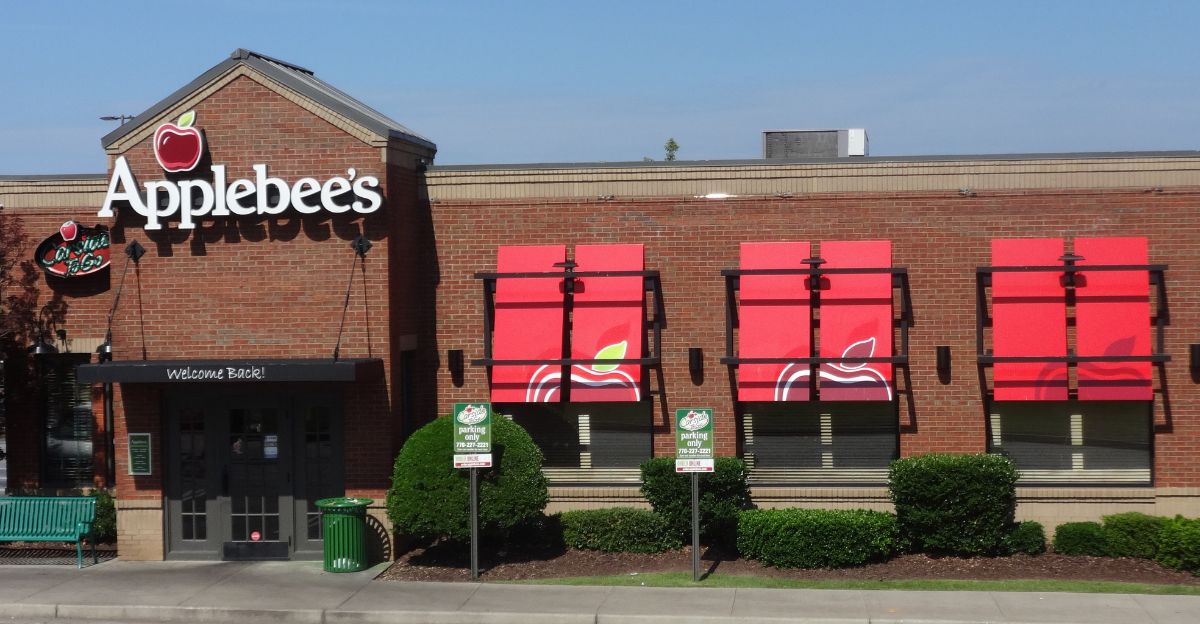
Applebee’s was once the ultimate neighborhood hangout spot. It was a favorite for affordable family dinners, casual date nights, and post-game celebrations. But what worked in the ’90s isn’t landing the same way today.
With younger diners looking for fresher ingredients, healthier options, and more curated experiences, Applebee’s bright booths and reheated entrées come off less charming and more outdated.
Stagnation
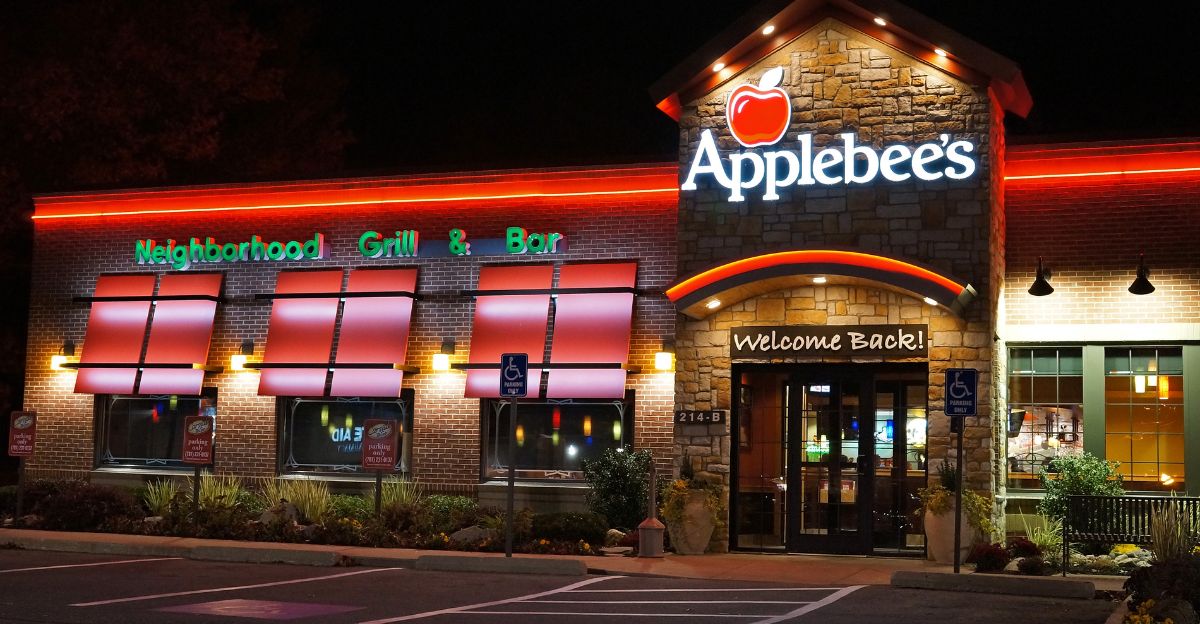
Applebee’s biggest problem isn’t just the food; it’s the chain’s lack of evolution. The chain leans hard on BOGO cocktails and discount apps, but those promos don’t impress Millennials and Gen Z.
Meanwhile, delivery apps and higher food costs are only adding pressure. Sadly, familiarity alone can’t outlast changing tastes. The brand has lost its hometown appeal.
2. Olive Garden
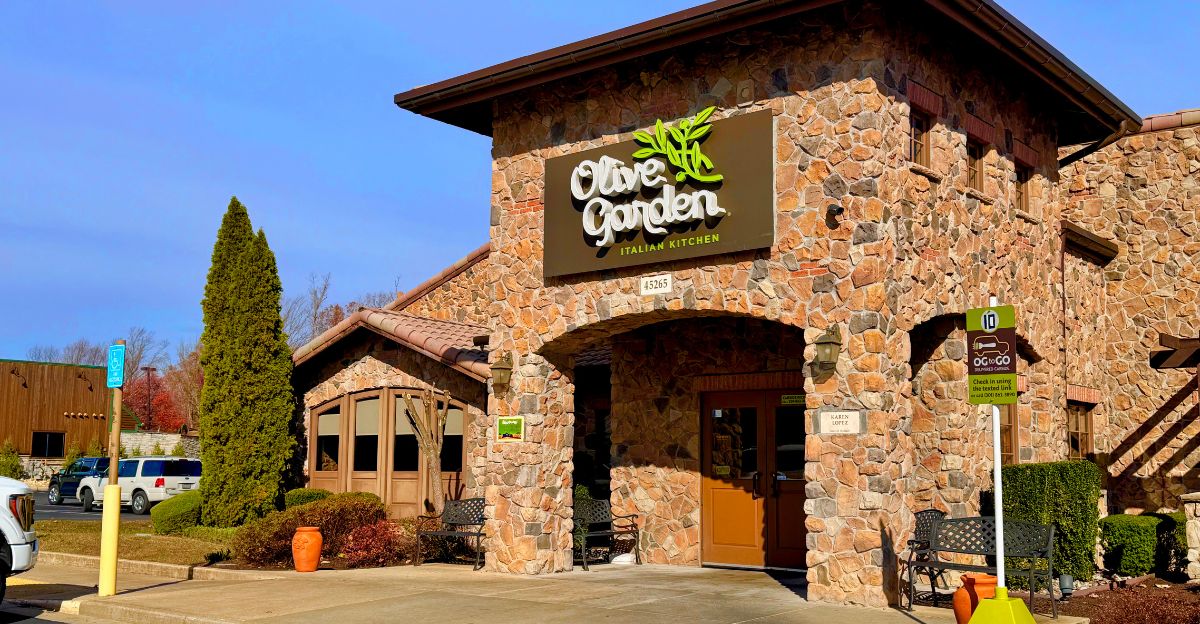
Olive Garden built its empire on comfort with its endless breadsticks, bottomless pasta, and a cozy “family” vibe. But today’s diners want lighter, fresher, more health-conscious meals, and Olive Garden’s carb-loaded options don’t fit the bill.
For younger crowds, the chain feels less like a night out and more like a throwback that their parents enjoy.
Calorie Overload
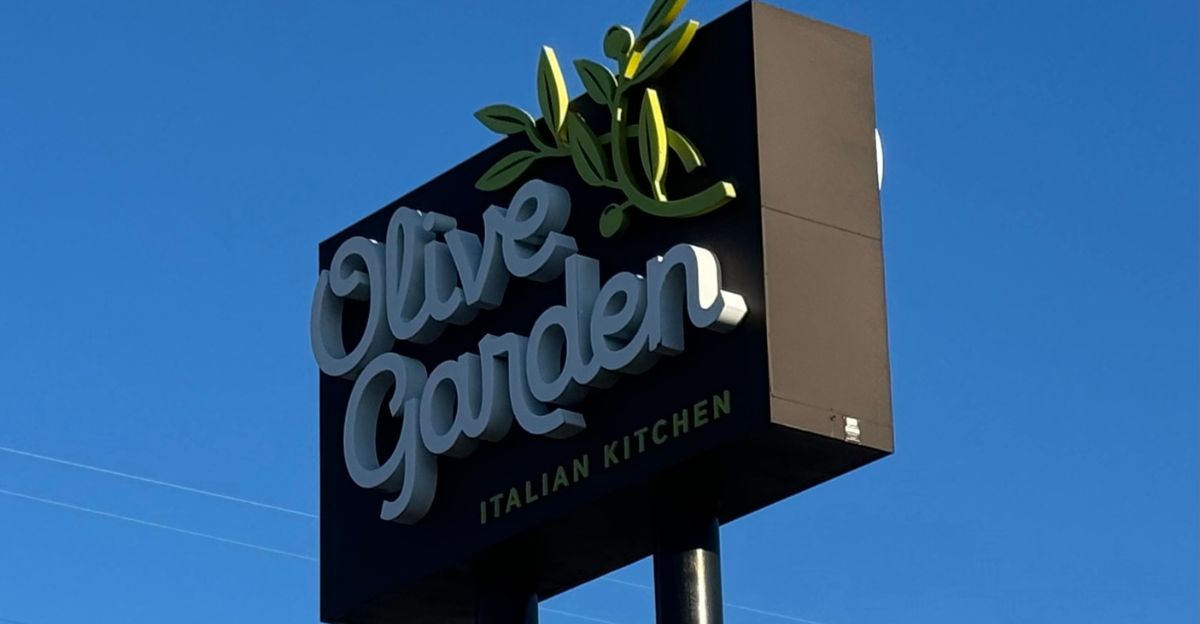
Even with attempts to modernize with lighter menu items, takeout-friendly packaging, and smaller portions, Olive Garden still carries a reputation for its calorie overload.
At the same time, diners want global flavors and authentic food experiences, leaving Olive Garden’s “Italian-ish” approach feeling pretty watered down.
3. Chipotle
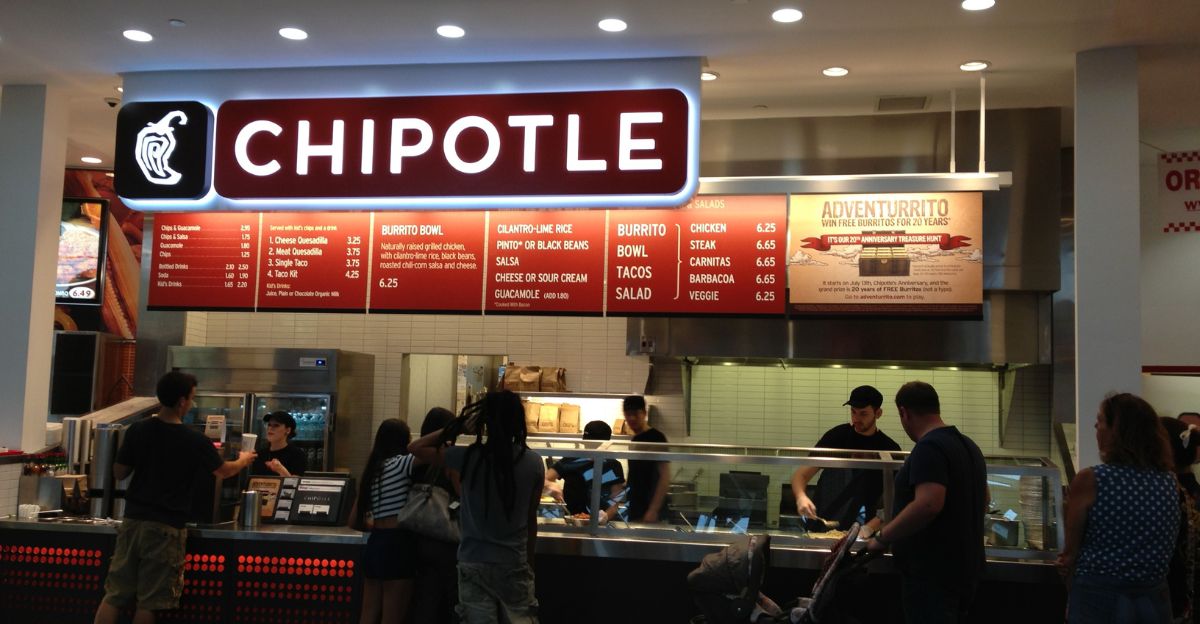
Chipotle’s rise in the fast food scene was massive. They offered fresh ingredients, personalization, and a hip, health-conscious image that resonated with younger diners. But today, the shine has dulled.
Its once-fresh, edgy identity now feels corporate, predictable, and, for some people, overpriced.
Food Safety Scares

Chipotle has also had a rough stretch. A string of food safety issues hurt customer trust, and loyal fans haven’t forgotten. Prices keep climbing, lines drag on, and those burritos? They’re often just as heavy as a fast-food burger.
Meanwhile, fresher Mediterranean spots are stealing the spotlight with brighter flavors and fewer headaches.
4. Golden Corral
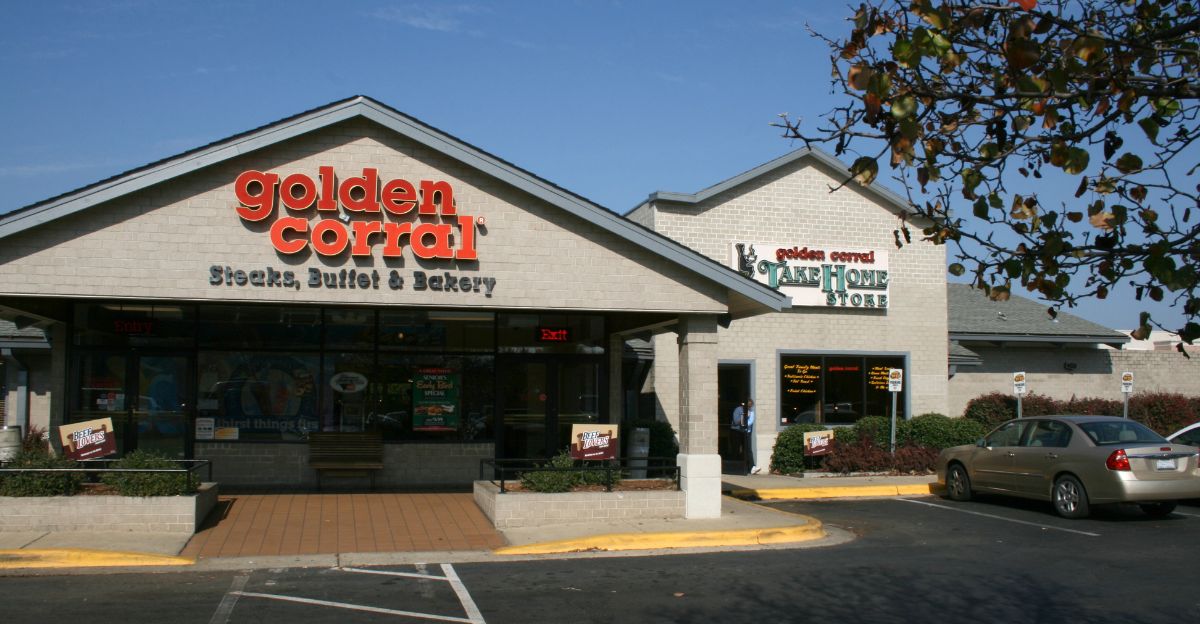
Golden Corral used to be the best buffet spot, where families could load up on fried chicken, mac and cheese, and dessert all in one stop.
But after the pandemic, the whole idea of sharing food from giant trays feels less inviting. What once felt like unlimited indulgence now comes across as old-fashioned.
Its Concept

But what is Golden Corral’s real challenge? Its whole buffet concept. What used to feel fun now clashes with younger diners who care more about quality, presentation, and safety.
In a world where Instagram-ready plates are popular, heaping casseroles just don’t cut it.
5. TGI Fridays
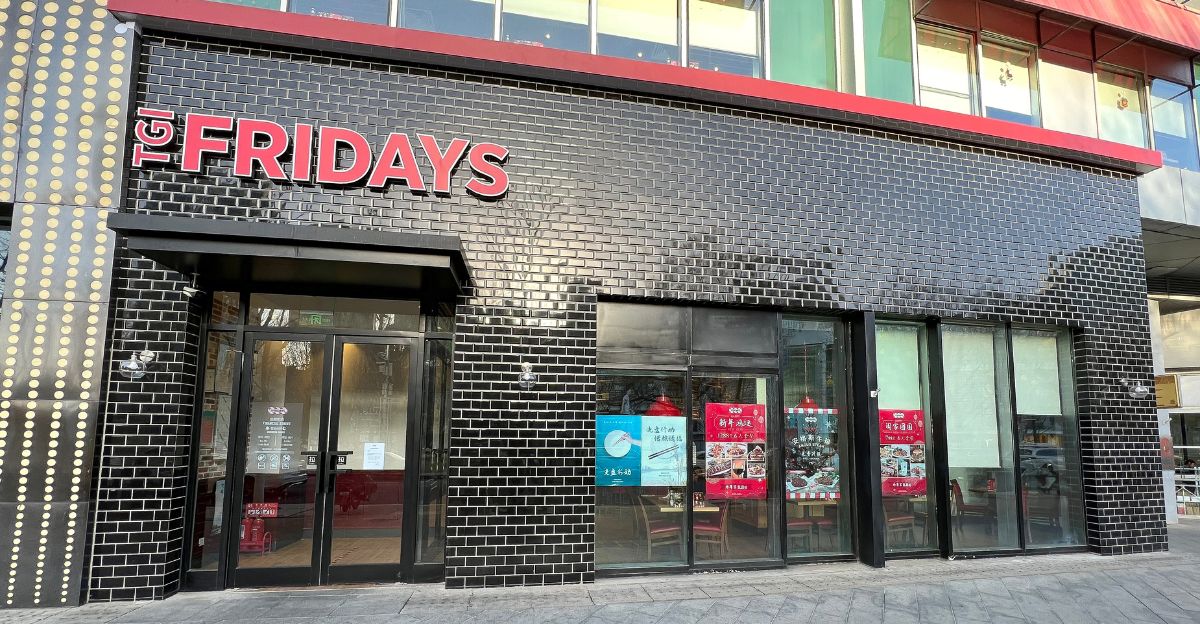
Remember when Fridays were reserved for sizzling fajitas and quirky movie posters? TGI Fridays used to set the bar for casual dining.
But over time, the concept has gotten a little tired. What once felt fun and lively now reads as cliché, and younger diners are scrolling past, looking for flashier, more modern spots instead.
Competitors
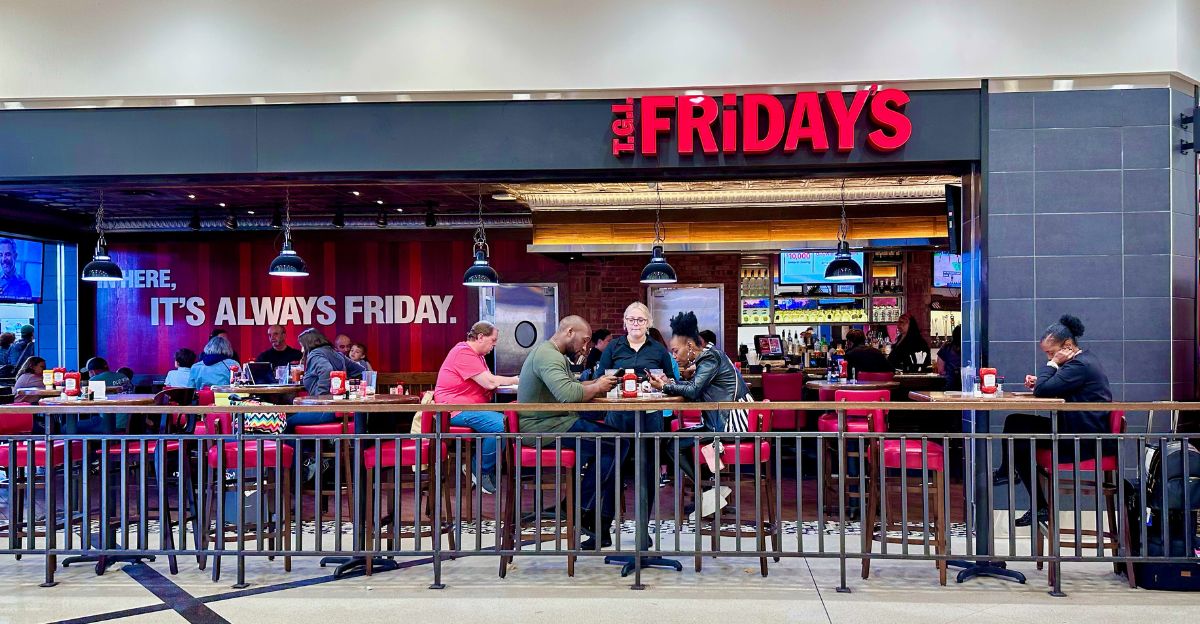
Rival restaurants with better cocktails, more exciting menus, and trendier vibes have left Fridays struggling to keep up. Now it feels like a time capsule; half sports bar, half TGIF rerun.
But while these restaurants are struggling to keep up, four others are making waves. Let’s take a look at them.
1. Sweetgreen
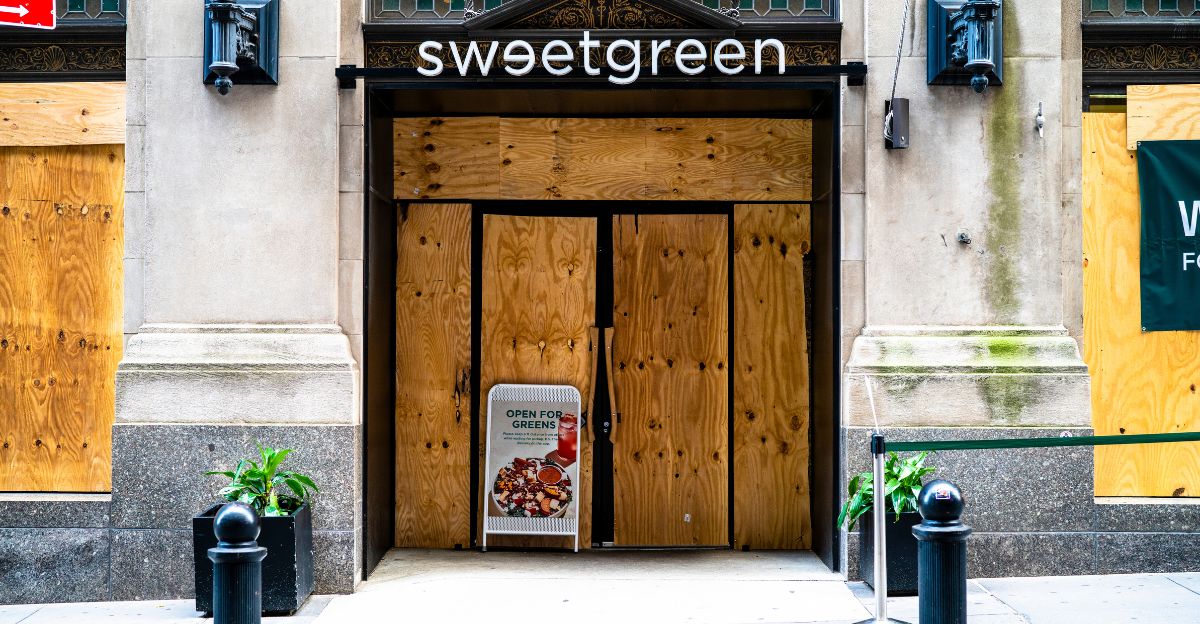
What Chipotle did for burritos, Sweetgreen has done for salads. The chain transformed simple bowls of greens into a full-on lifestyle statement.
With minimalist, modern stores and a smooth app experience, it is a favorite for busy professionals, health-focused millennials, and Gen Z wellness fans. It shows that fast food can be fresh, stylish, and totally aspirational.
Thriving
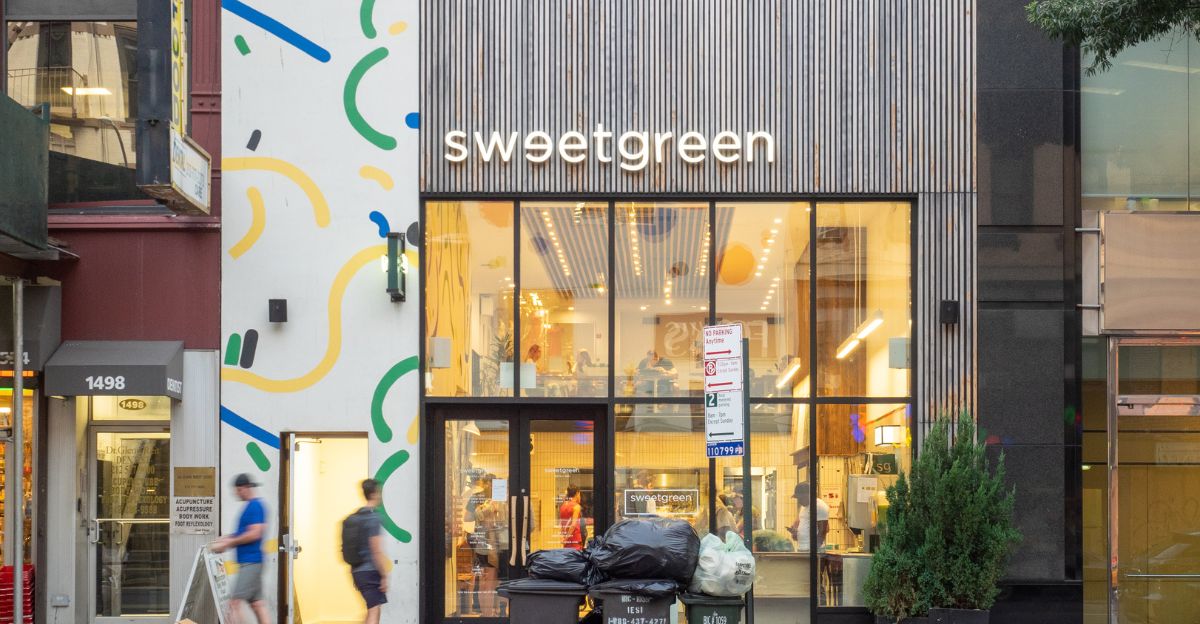
Sweetgreen succeeds where older chains struggle: a digital-first approach, clear sustainability practices, and savvy social media presence.
With celebrity collaborations, trendy seasonal bowls, and app rewards, it keeps fans coming back. Customers aren’t just grabbing a salad; they’re buying into a vibe.
2. Cava

Cava is quickly spreading across America, and it’s easy to see why. Their bowls, which are packed with hummus, falafel, roasted veggies, and zesty dressings, hit the sweet spot.
They’re fresh, customizable, and super comforting. With diners craving global flavors, Cava’s fast-casual approach feels like a blueprint for the future.
Healthier Food
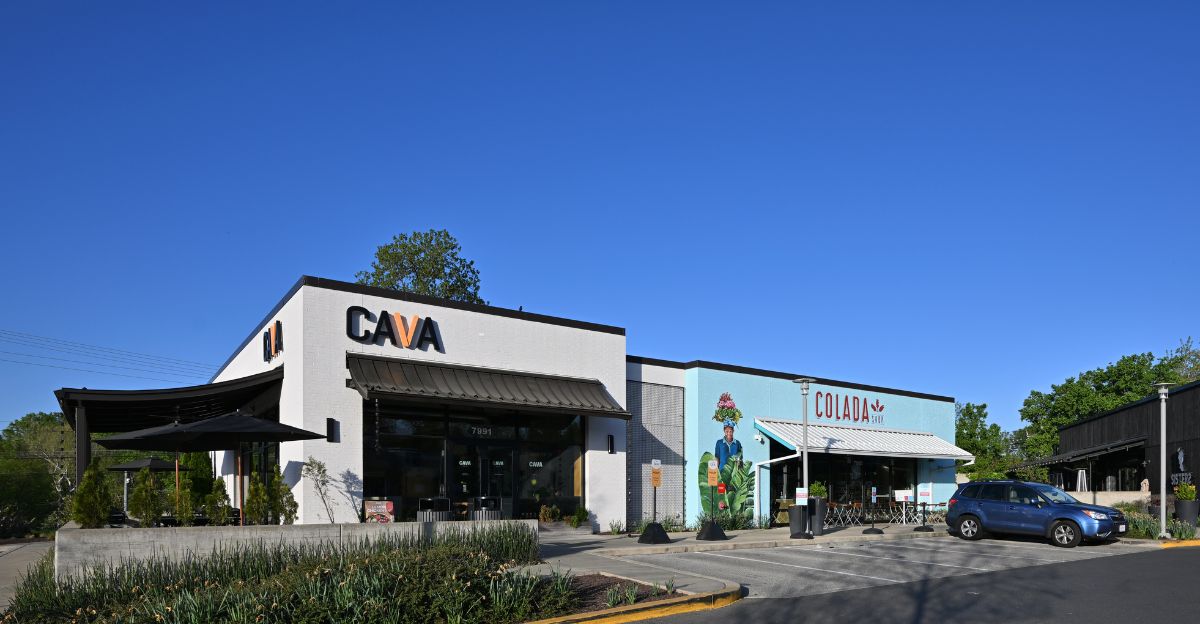
Where Chipotle feels tired, Cava comes across as fresh and exciting. Its menu packs in healthy ingredients like legumes, lean proteins, and superfoods, while delivering Mediterranean flavors that used to be rare in chain restaurants.
Smart acquisitions of smaller rivals have sped up the chain’s expansion, and for younger diners chasing authenticity, Cava nails the sweet spot between credible cuisine and fast-casual convenience.
3. Shake Shack
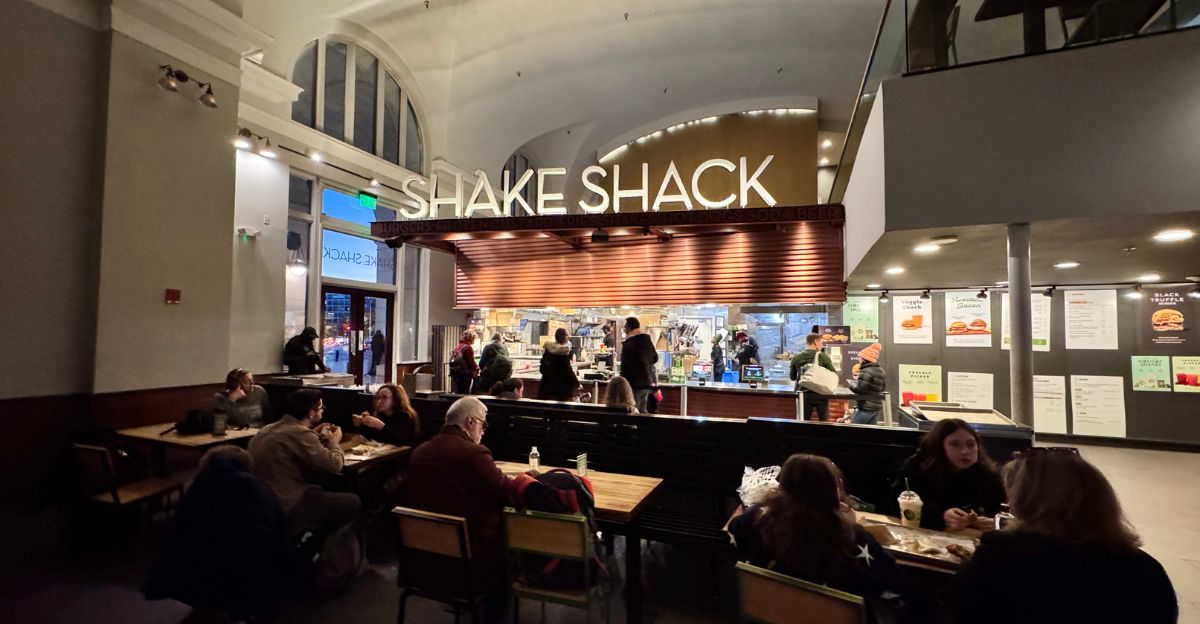
What started as a small burger stand in Madison Square Park quickly became a cult favorite. Shake Shack took classic comfort foods like burgers, fries, and shakes and upgraded them with better ingredients and stylish branding.
It’s nostalgic but polished, turning those long city lines into a kind of status symbol for fans.
An Experience
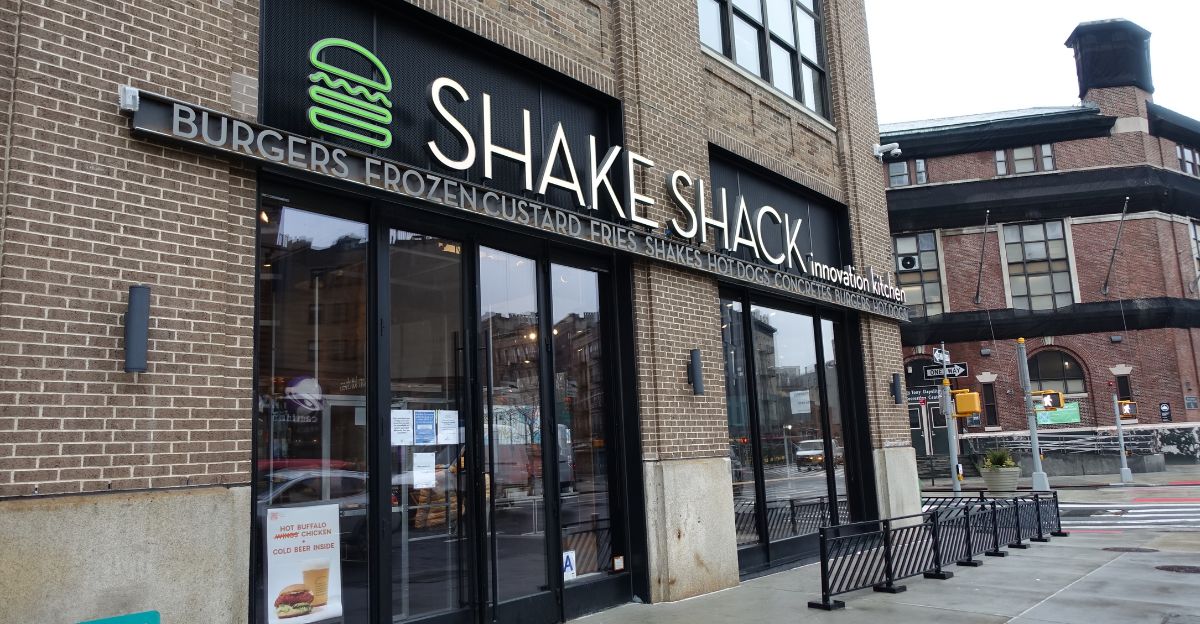
Unlike Fridays or Applebee’s, Shake Shack makes grabbing a burger feel like an event. Nowadays, posting a ShackBurger on social media carries more clout than any oversized casual dining platter.
With locations around the world and premium prices, Shake Shack shows it’s more than a fad; it’s aspirational comfort food.
4. Ghost Kitchens and Delivery-First Brands
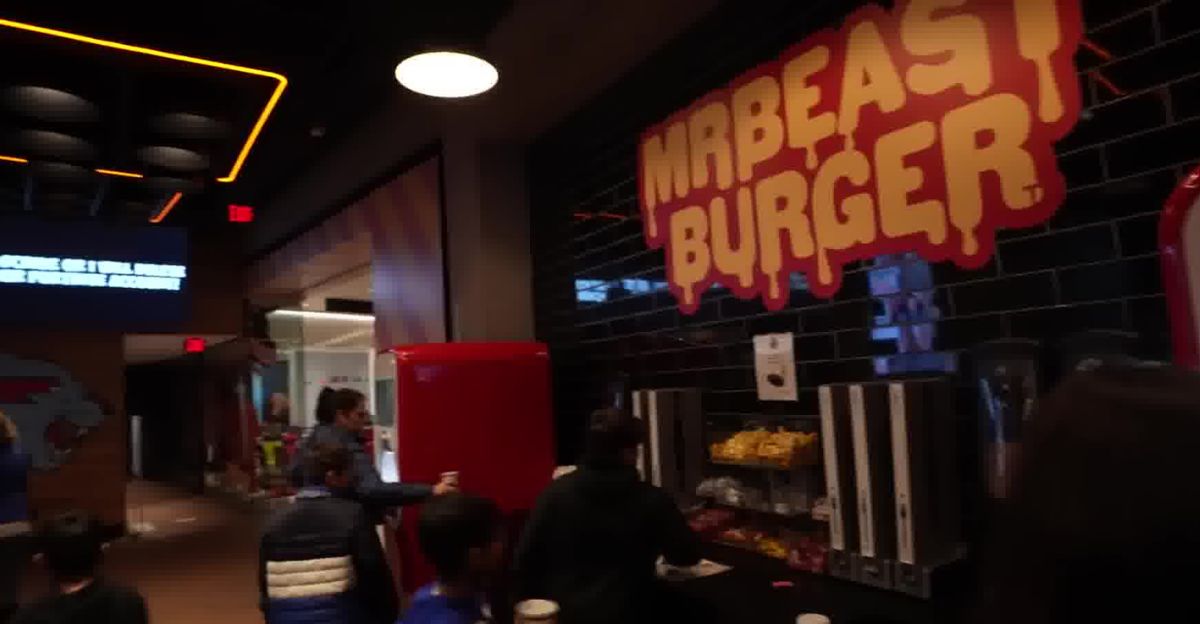
Brands like MrBeast Burger and Wow Bao skip traditional storefronts entirely, cooking out of shared kitchens and thriving on delivery apps.
What seems like a simple menu on Uber Eats actually means a big shift in the dining world. For younger customers, the vibe of a restaurant is secondary. What they really want is ease, catchy branding, and app-first service.
Saving on Rent
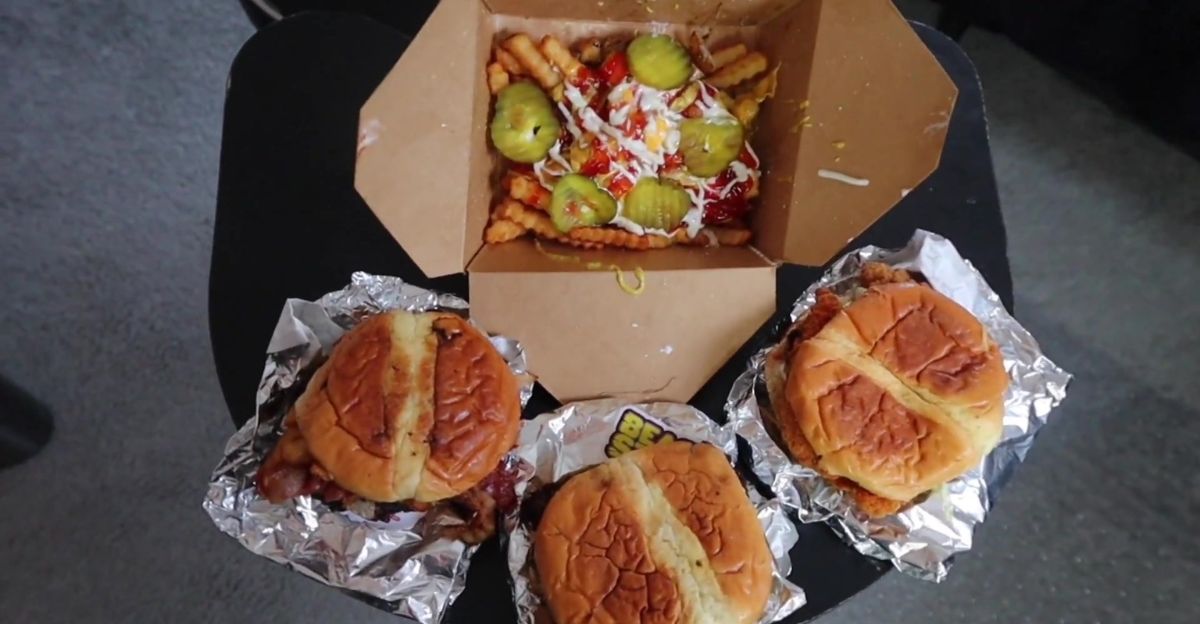
Ghost kitchens thrive by doing what traditional chains struggle with: skipping pricey dining rooms, cutting flashy billboards, and faster market testing.
A new brand can go live overnight with just a slick campaign and a few partner kitchens. That flexibility shakes up the old guard and excites investors.